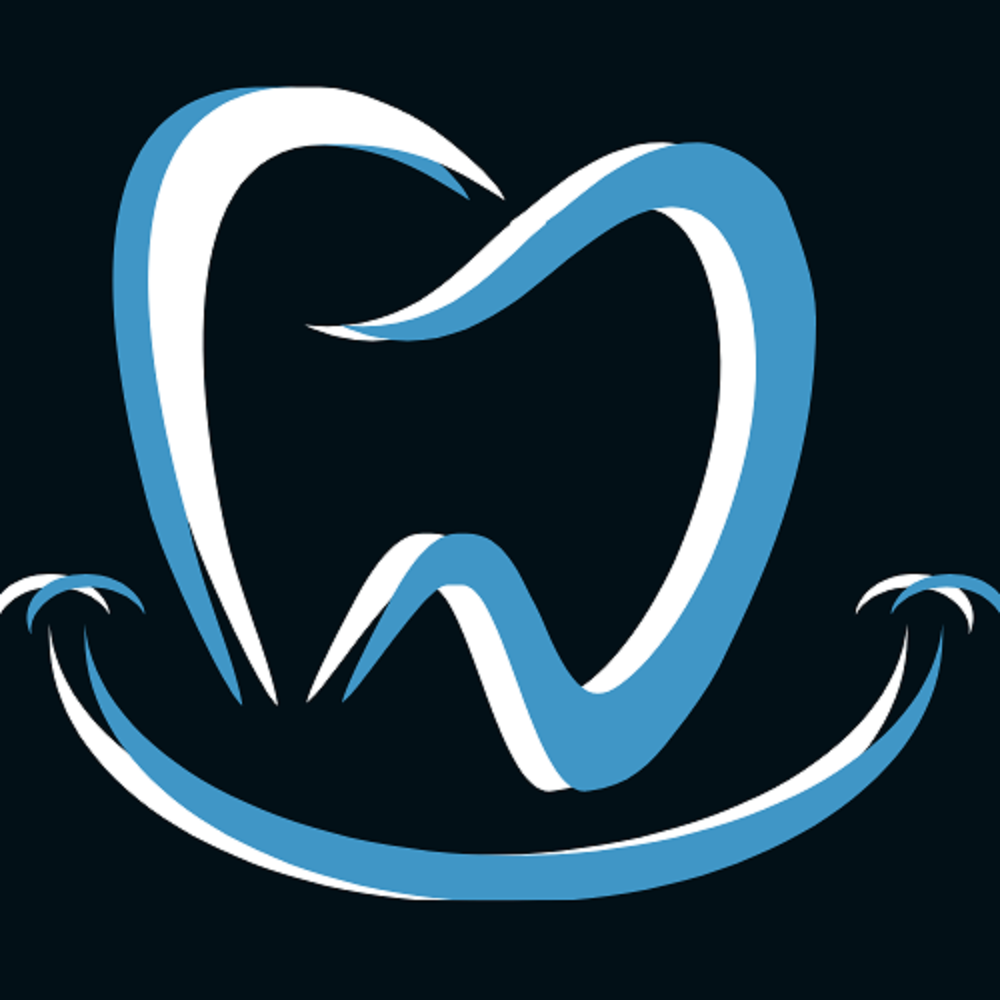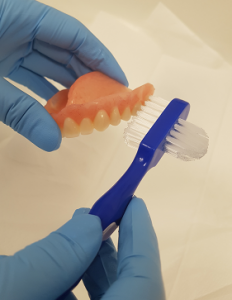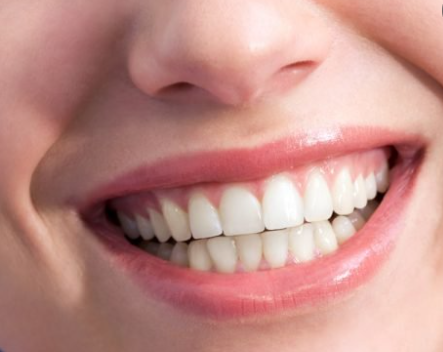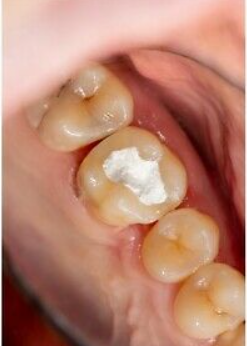While wearing braces to straighten misaligned teeth can be quite effective, the results do not always last a lifetime, and the teeth can readily slip out of alignment.
If you’ve ever had braces, you’ll recall counting down the days until they’re taken off. You may also recall rushing to your dentist’s office to celebrate this wonderful day, only to learn that you are not completely free of dental problems.
Dental retainers can help with this. When you go to the dentist to get your braces removed, your orthodontist will insist on you wearing a retainer to keep the dental correction stable. You’ll most likely have the option of wearing a removable or permanent retainer, commonly known as a lingual retainer. We’ll look at the latter here.
What is a Lingual Retainer?
A permanent retainer serves the same purpose as a dental retainer: it keeps orthodontically corrected teeth from reverting to their previous, incorrect positions. A lingual retainer, unlike a detachable or ‘temporary’ retainer, is designed to stay on the teeth 24 hours a day, seven days a week, guarding against displacement.
A thin metal band or wire (stainless steel) passes across the back of your teeth to create this device (lower or upper). This wire is firmly bonded to the front teeth with a cement formula similar to that used on braces brackets. The wire can then prevent your teeth from returning to their previous, incorrect locations.
Retainers are also important for protecting the tissue around teeth that have recently been repositioned. The majority of anomalies arise within the first two years of post-orthodontic teeth correction, according to recent studies.
Facts About Permanent Retainers
- It’s commonly made of flexible stainless steel/metal alloy wire.
- It’s made to fit over the backs of the lower and upper front teeth and adhere to them.
- The wire is placed in such a way that it does not show when you grin, and your friends will be unaware that you are wearing one.
- After your braces are removed, your orthodontist places a fixed retainer on the backs of your lower 6 front teeth and the backs of your upper 4 front teeth.
- Unless your dentist advises you to remove it for oral hygiene or health concerns, the permanent retainer device will remain on your teeth eternally.
It’s worth emphasizing that the permanent retainer, despite its name, does not have to be worn all of the time. That’s correct. Your dentist has the authority to recommend that the device be removed and replaced with a detachable retainer at some time.
Damage to the retainer appliance, infections in the mouth, tartar buildup, and pain in the mouth are all common reasons for this procedure.
In fact, many dentists are now using a mix of the two retainers as part of their orthodontic therapy. They normally place a permanent retainer that must be worn 24 hours a day, seven days a week for at least six months, after which they move to a detachable retainer that is worn just at night when sleeping.
Some dentists, on the other hand, may advise patients to wear both types of retainers at the same time. When this occurs, the patient will be given a removable device to wear in addition to the permanent one when they leave the dental clinic.
Because permanent retainers only help’retain’ the front teeth, some inconclusive research has shown that wearing detachable retainers in addition to permanent retainers can provide the best protection against relapse for the complete set of teeth. While this is an intriguing point of view, the research does not have widespread acceptance.
However, you should anticipate wearing some type of dental retainer for the rest of your life. Your retainer, whether permanent or removable, guarantees that your freshly aligned teeth do not revert to their previous misalignment.
If you’ve been wearing a fixed device for a long period, you might be able to convert to a removable device that you only wear a few nights a week. However, if you decide to stop wearing your retainer entirely, your teeth may revert to their original crooked alignment.
Pros and Cons
The fixed retainer, like any other orthodontic item, has advantages and downsides. Naturally, you must weigh both of these factors before deciding on a dental device.
Pros:
- A permanent retainer, as opposed to detachable retainers, has been demonstrated to do a superior job of maintaining teeth in studies. As a result, dentists often recommend this device in cases where there are serious misalignment concerns and a high chance of relapse after orthodontic treatment.
- It provides a more long-term option for teeth straightening, especially given that teeth shift naturally as we age.
- It provides the ease of not needing to wear and remove the device on a regular basis because it is permanently attached.
- You won’t have to worry about losing your retainer or forgetting to wear it because it is permanently fused to your teeth.
- Other orthodontic appliances and devices, such as night guards or sleep apnea devices, work well with it.
- It is hidden from view since it is attached to the rear of the teeth. Nobody will be able to tell that you are wearing a dental device in your mouth if you smile a lot.
Cons:
- Throughout your treatment, the permanent retainer will be affixed to your teeth. This can result in not just inconvenience but also discomfort.
- A removable retainer, on the other hand, is more patient-friendly because it is worn at night and removed in the morning, and it may also be removed before meals or when flossing and brushing your teeth.
- Because the retainer is always linked to the front teeth, flossing and brushing are more challenging. Of course, your dentist will educate you how to accomplish these basic oral hygiene chores and provide you with the equipment to complete them swiftly and efficiently, but you’ll still discover that going through your daily dental care routine takes more time and effort.
- Permanent retainers are designed to support the front teeth and give little protection against relapse for the back teeth.
- The metal wire may irritate the mouth, however this can be remedied by using dental wax.
Consider a permanent retainer if:
- You’re undergoing orthodontic treatment for severe malocclusions.
- You want to’set it and forget it,’ or you don’t want to deal with the hassle of wearing and removing a retainer on a regular basis.
- You’re forgetful, and you’re worried about losing or misplacing your retainer.
- You want the best possible teeth straightening results.
Maintaining Fixed Retainers
- Because the wire is permanently linked to the teeth and cannot be removed to floss or brush, permanent retainers increase the risk of plaque development, cavities, and gum disease. As a result, you should ensure that you take the time to properly clean your teeth. Start by rinsing your mouth with an anti-gingivitis or anti-plaque mouthwash.
- Start by rinsing your mouth with an anti-gingivitis or anti-plaque mouthwash.
- Make sure you scrape your tongue before flossing and brushing in the morning.
- Brush – To completely clean your teeth, consider using a mix of an electric brush and an ionic brush.
- Floss – To get into all the little areas between ‘retained’ teeth, use threaded floss or Super Floss.
Finally, consult your dentist to determine the best daily oral care program for you.




